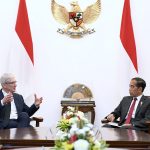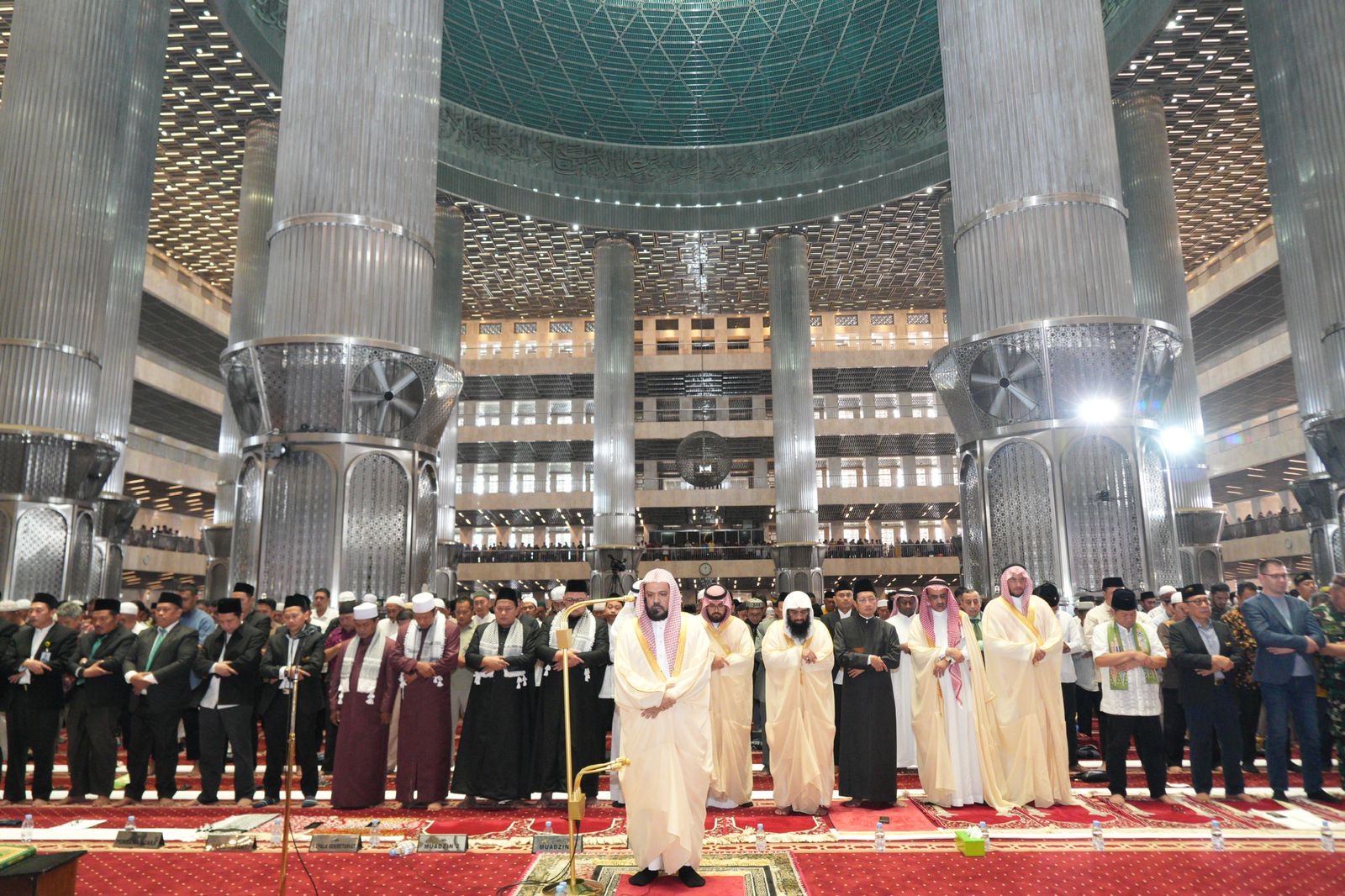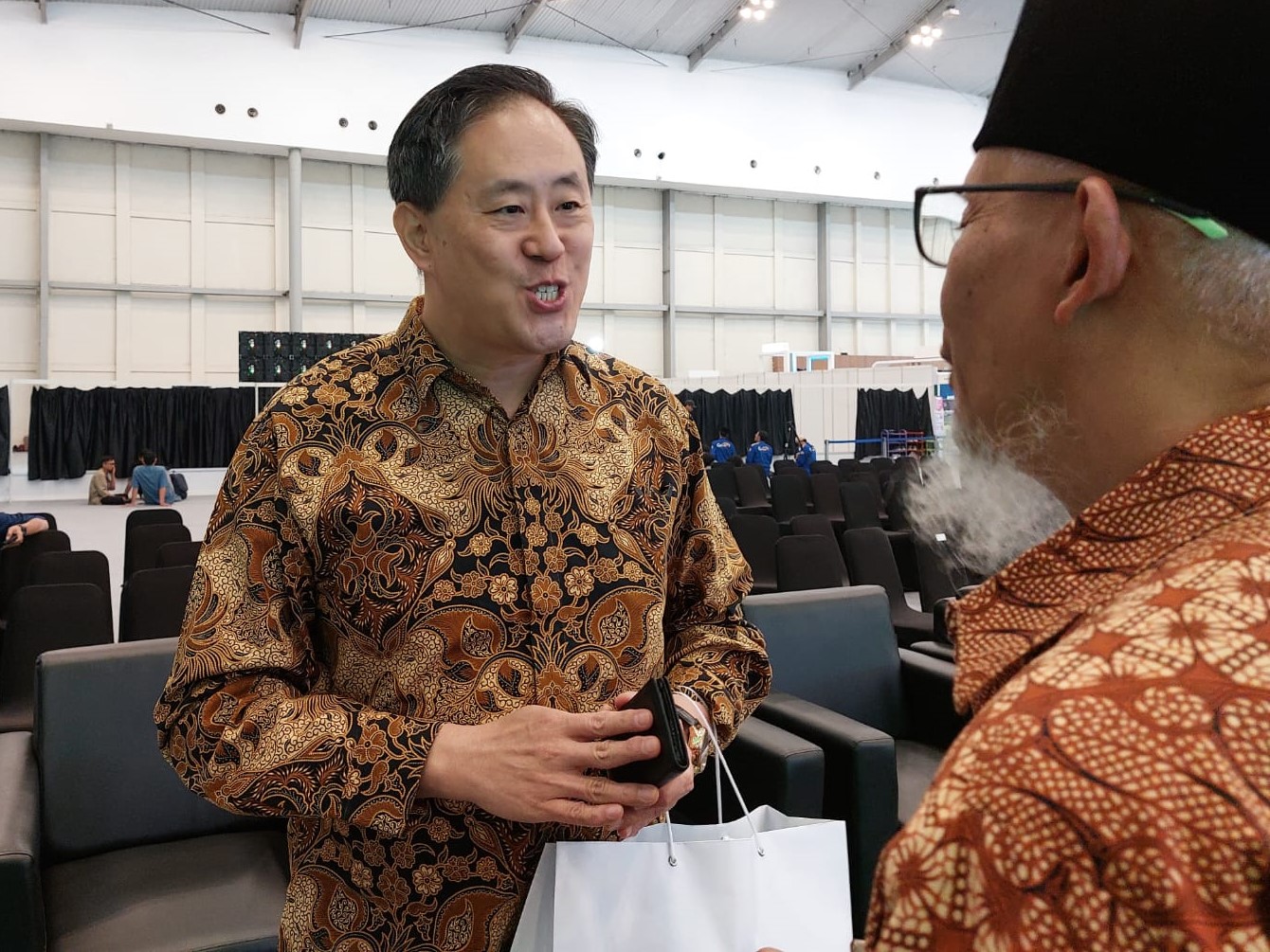Story of Kiswa over centuries
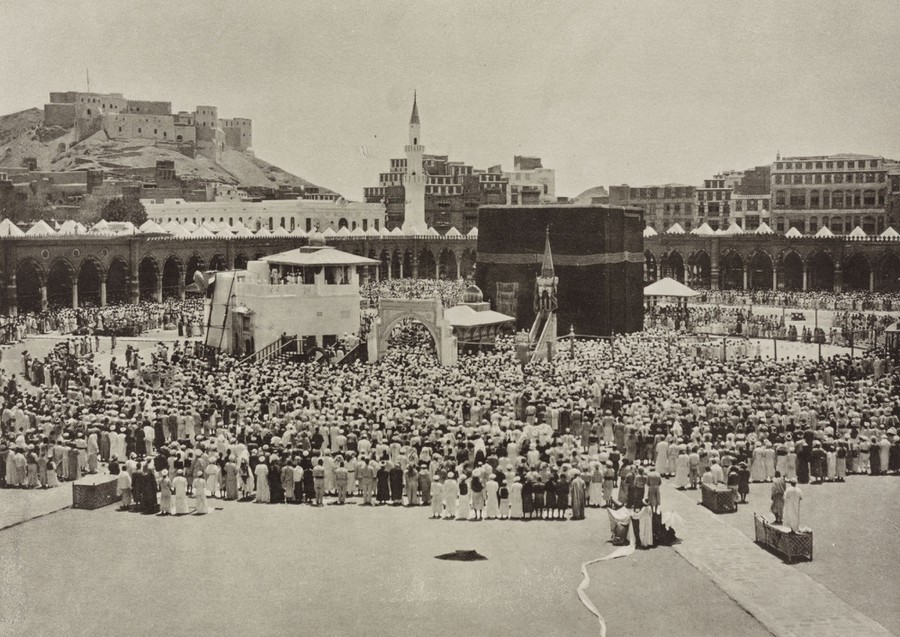
Jakarta (Indonesia Window) – On behalf of King Salman, Makkah Governor Prince Khalid Al-Faisal on Wednesday (July 22) handed over the Ka’bah cover cloth of Kiswa to the senior caretaker of Ka’bah, Saleh bin Zain Al- Abidin Al-Shaibi.
Furthermore, the new Kiswa will replace the old one on the ninth day of Dhul Hijjah, following the steps of Prophet Muhammad ﷺ and his companions.
Kiswa is replaced once a year during the hajj season when pilgrims are gathering in Arafat, in preparation for receiving worshippers the next morning, which coincides with Eid Al-Adha on the 10th of Dhul Hijjah.
Meanwhile, the General Presidency for the Affairs of the Two Holy Mosques has lifted the lower part of the Kiswa by about three meters and covered the raised area with white cotton fabric, approximately two meters in width from the four sides.
The move is a precaution to maintain the cleanliness and safety of the Kiswa.
The colors of the Kaaba’s cover cloth have seen regularly changes through the ages.
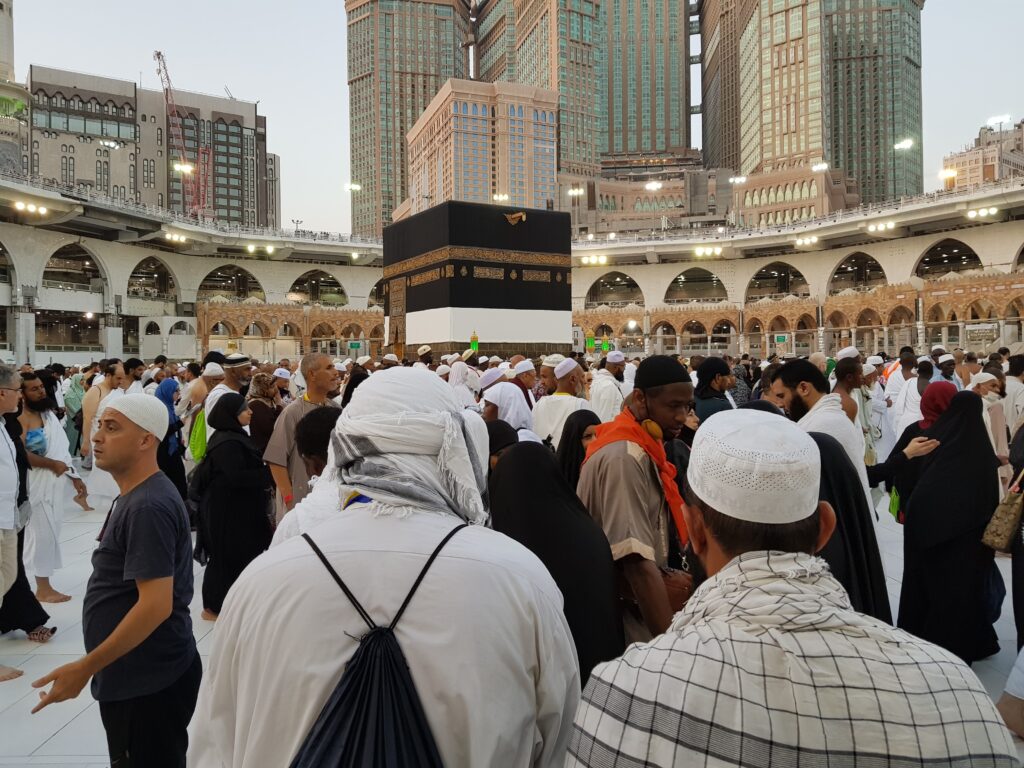
Kiswa colors
Kiswa is the cloth covering the Kaaba which is famous for its black color.
But in its history, Kiswa was not always black as it has changed over the centuries.
It is reported that after the conquest of Makkah in the ninth of Hijri, the Prophet ﷺ covered the Kaaba with a cloth from Yemen when he performed the farewell pilgrimage.
The Prophet Muhammad ﷺ covered the Kaaba with a striped white cloth from Yemen, while Abu Bakr Siddiq, Umar bin Al-Khattab, and Uthman bin Affan (radhiyallahu ‘anhum) covered it with white cloths.
Meanwhile, Caliph Ibn Al-Zubayr (683-692 AD) covered the Kaaba with red brocade.
During the Abbasid era (750-1258 AD), the Kaaba was covered once with white cloth and once with red cloth, while the Seljuk Sultan (1037-1194 AD) covered it with yellow brocade.
The Abbasid Caliph Al-Nassir (1180-1225 AD) changed the Kiswa’s color to green and later to black brocade, and this has remained its color to the present day.
Director of the Center of Makkah History Dr. Fawaz Al-Dahas told Arab News, “The Kaaba was covered once in white, once in red, and once in black, and the choice of color was based on the financial means in every era.”
Fabric
Qubati fabric was brought from Egypt and was one of the best types of fabric used to cover the Kaaba.
The Yemeni Kiswa was also a quality cloth and most famous at the time.
Regarding the changers of the colors over the ages, Al-Dahas said white was the brightest color, but it was not durable.
It often became torn, dirty, and impure as pilgrims touched it and because it was not practical or long-lasting it was replaced with black-and-white brocade and shimla, which was used for covering Arab tents.
“The varying financial means controlled the type of fabric used for the Kaaba’s Kiswa,” Al-Dahas added.
He noted that the way humans perceived the Kiswa evolved after that, and it was replaced with a red brocade and qubati Egyptian cloth.
Also, an antaa, which is a rug of leather, or a musouh, a collection of rough clothes, would be added to it.
“The Kiswa used to get changed from time to time whenever the fabric was available. This has been the case in the eras of the Rashidun Caliphate, the Umayyads, and the Abbasids,” he said.
Black was finally chosen at the end of the Abbasid era because it was durable and could withstand being touched by visitors, pilgrims, and people from different cultures from around the world.
History
History books speak of the first man to cover the Kaaba in pre-Islamic times, Tubbaa Al-Humairi, the king of Yemen.
They mention that he covered the Kaaba in pre-Islamic times after he visited Makkah and entered it obediently.
Historians specialized in the Kaaba’s history mention in some accounts that Al-Humairi covered the Kaaba with a thick cloth called khasf and later with Maafir, which is originally named after an ancient city in Yemen where Maafir cloth was made.
He then covered it with milaa, a soft, thin one-piece cloth known as rabitah. After that, he covered the Kaaba with wasael, a red-striped Yemeni cloth.
Al-Humairi’s successors used leather and qubati coverings with many others in the pre-Islamic era covering the Kaaba and considering it a religious duty and great honor.
Some accounts point out that the Kiswa at the time was layered on the Kaaba, and when it became heavy or worn out, it was removed or divided.
Historians confirm in an account that the Prophet ﷺ was the first in Islam to cover the Kaaba with qubati, which is a thin white cloth made in Egypt and named after the Copts.
The accounts mention that in the conquest of Makkah, the Prophet ﷺ kept the old Kiswa used in the era of the polytheists and did not replace it until a woman burned it while trying to scent it with incense. It was then covered with a Yemeni cloth.
Muslim kings and sultans then continued to undertake covering the Kaaba and caring for it.
Reporting by Indonesia Window




